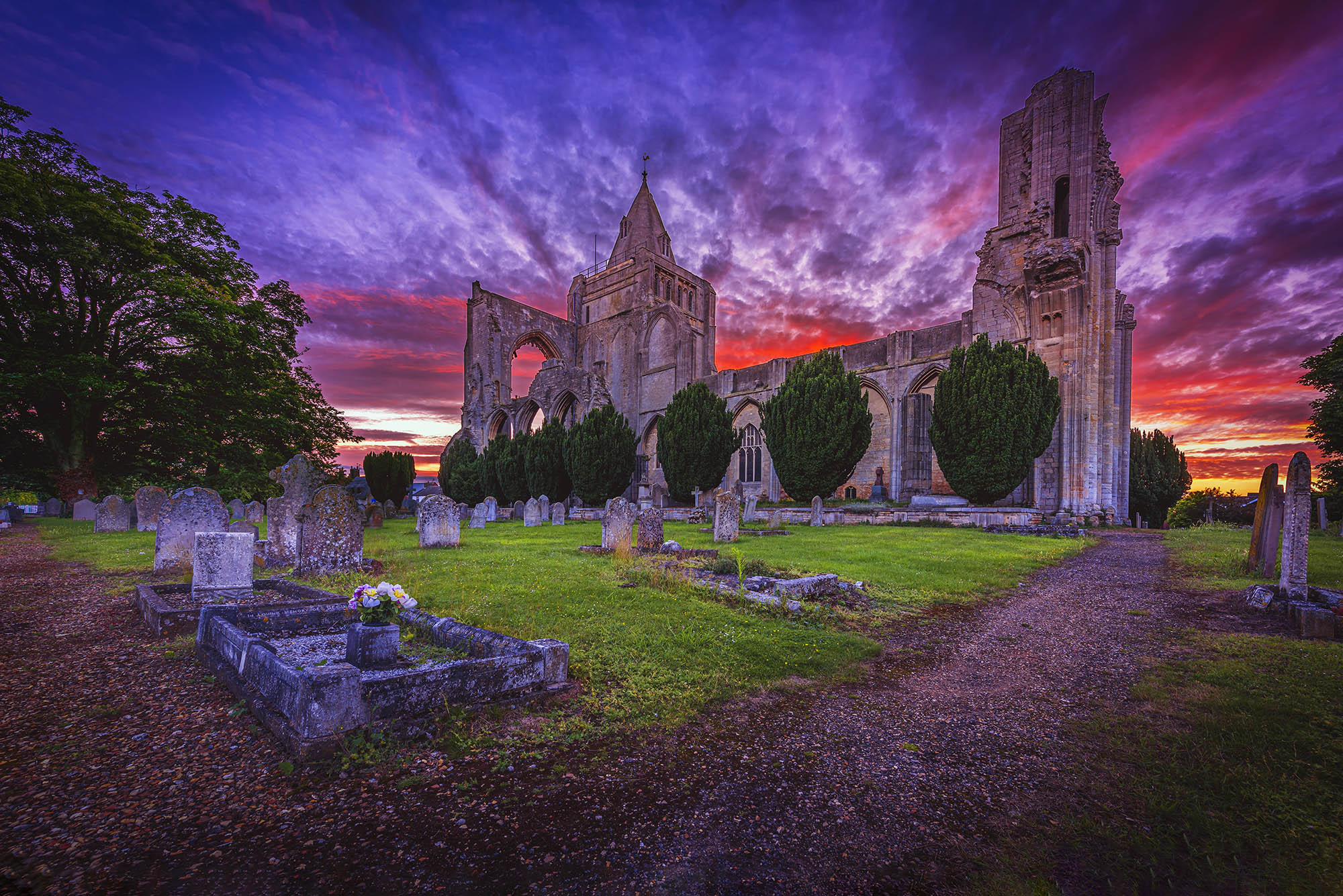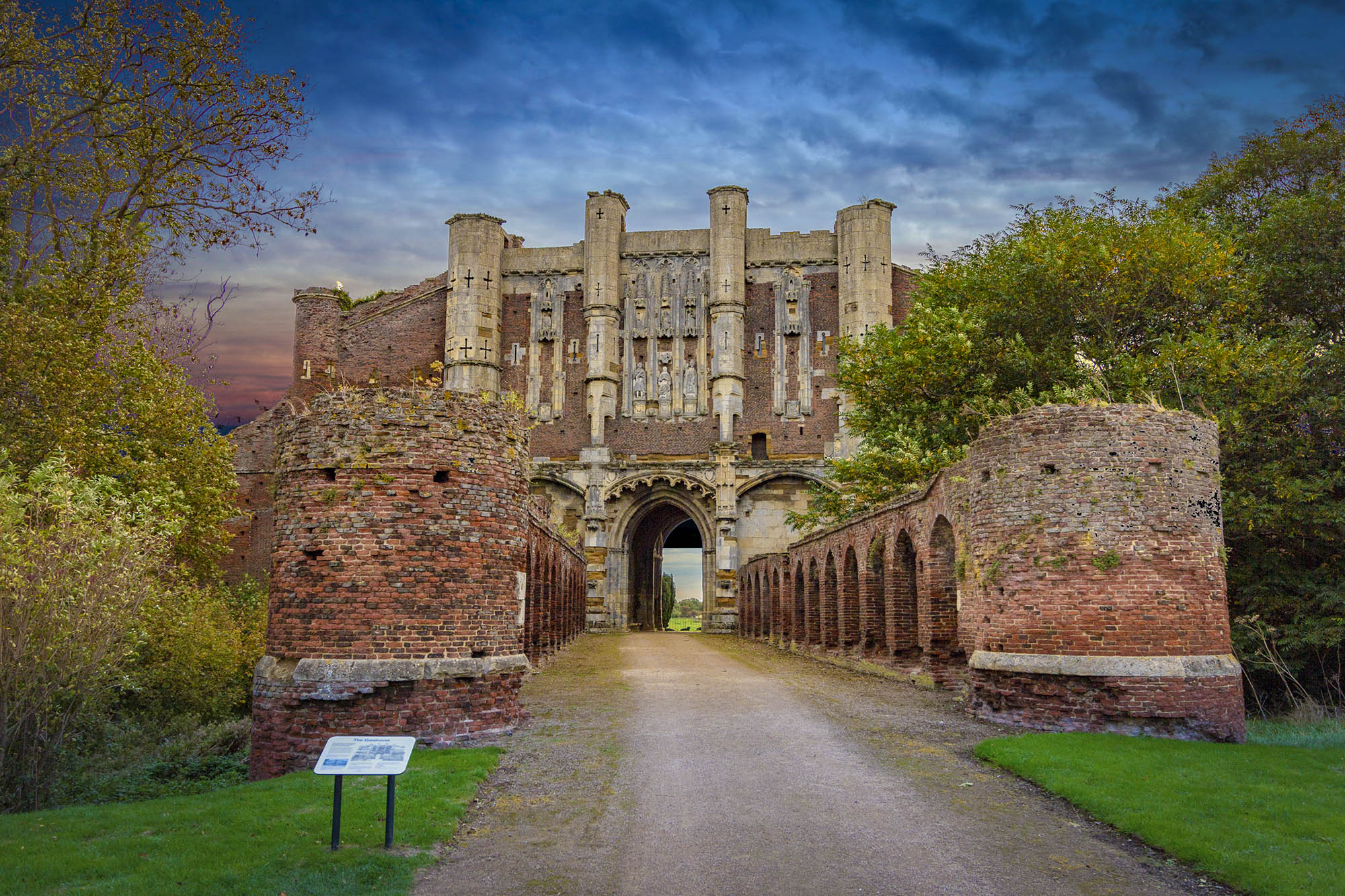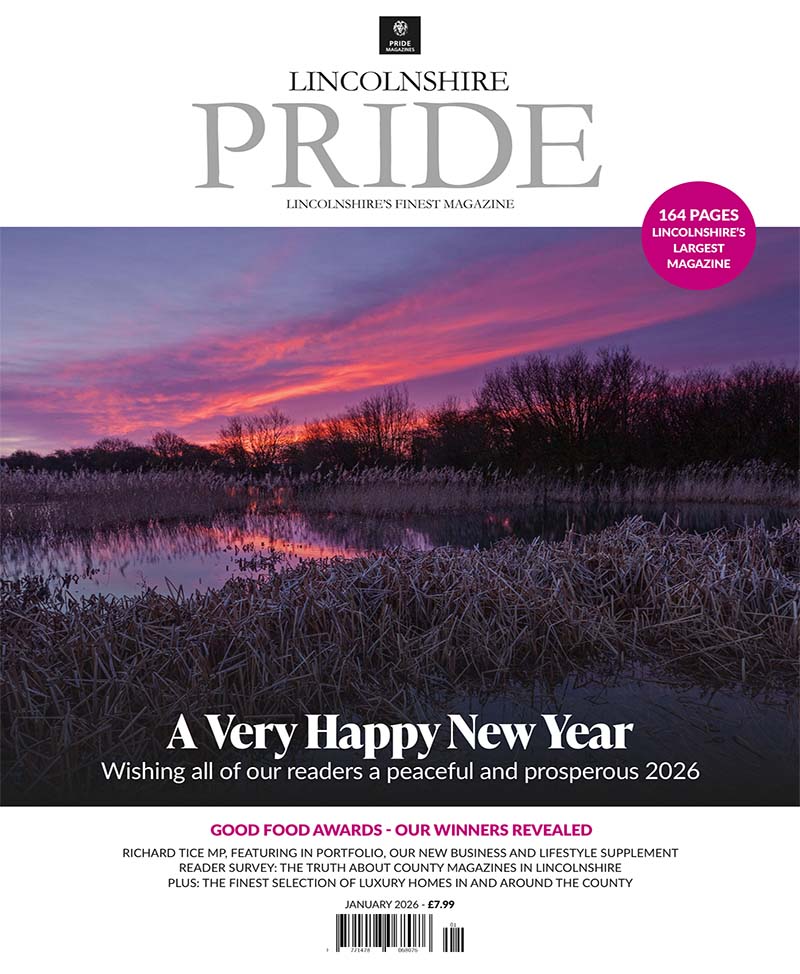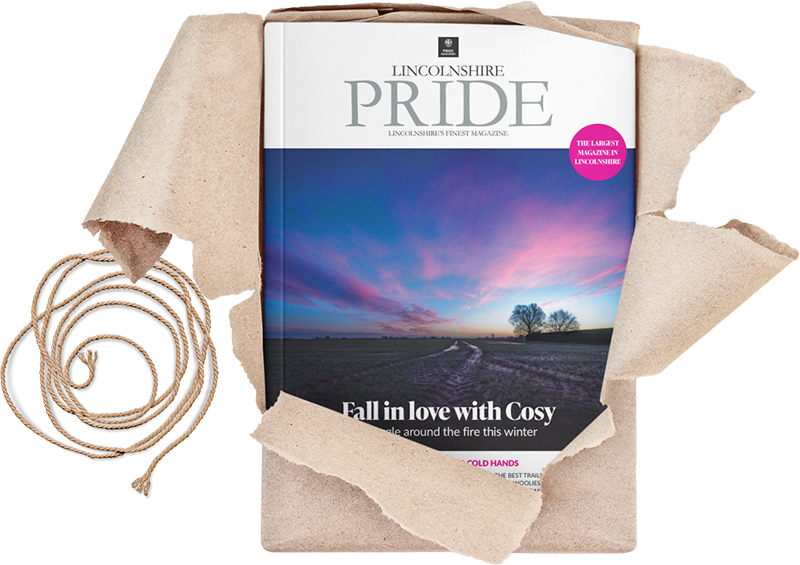
Holy Places & Sacred Spaces…

Monasteries & Abbeys in modern times have adopted a crumbling anachronistic vernacular, akin to long forgotten churches. It’s difficult to contemplate that such places as these communities – monks living pious lives of peace and prayer – could be torn apart by an aggrieved monarch, their way of life completely destroyed.
There have been over 100 monastic houses in Lincolnshire, each following their respective orders. Ten remain as earthworks, with a further ten sites remaining in monastic or ecclesiastical service. Many sites are in the custodianship of English Heritage, the National Trust or the Landmark Trust.
What’s in a Name?
Paul Clope-Faulkner is a Senior Manager of Archaeology at Sleaford’s Archaeological Project Services. He says the different terminology can sometimes prove confusing.
“All abbeys are monasteries, as are priories, preceptories and friaries. A monastery is simply the building comprising the domestic quarter and workplaces of monastics or monks who have withdrawn from society to live in seclusion under religious vows.”
“An abbey is very similar to a monastery as it is sacred in its nature however an abbey has multiple rooms. An abbey is also the residence of the Abbot or Abbess.”
“An Abbot has duties similar to those of a Bishop, being the head of the liturgical life in a region whereas in a monastery there is no such person except for a head priest or a nun.”
“A monastery can be defined as a premature version of an abbey. Meanwhile, a priory is a small monastery that is governed by a prior or prioress, a religious leader which is lower in rank than an abbot.”
“Abbeys and priories are the oldest, with abbeys being the senior and priories often being smaller foundations with lesser autonomy. Preceptories are monasteries which belong to the military orders found during the 12th century crusades to the Holy Land. Friaries are the youngest, being founded in the 13th century.”
Benedictine Origins…
Monasteries and abbeys followed several different religious orders, each with a basis in the Roman Catholic faith. St Benedict’s eponymous order was founded in the 6th century in Italy’s Subiaco Abbey. Lincolnshire’s Benedictine monasteries date from the late seventh century, but most were destroyed by the Scandinavian settlers of the ninth century. Bardney and Crowland abbey are at the foremost of the Lincolnshire abbeys of this period. Following the conquest of 1066, many monasteries were founded and refounded by the newly emerging Norman elite.
Other Orders…
Other orders such followed the rule of St Benedict, such as the Cistercians, founded in the late 11th century and named after the mother house founded at Citeaux in France. Cistercians wanted to take the positively profligate Benedictine order back into a more austere way of life. Kirkstead Abbey near Tattershall is a local example of the order.
The Augustinian order, meanwhile, gave priority to study and the promotion of their faith to others rather than living in comparative isolation.
A Monarch’s Wrath…
By the 15th century over 850 religious houses existed in England and Wales. However in 1536, two years after establishing the Church of England, and by extension ending papal supremacy, Henry VIII began to embark on the Dissolution of the Monasteries, sometimes referred to as The Suppression. Abbeys, priories and friaries all suffered the tyranny of the monarch, his wrath expressed in March 1536 as an Act of Parliament forcing any monastery with an income of less than £200 a year to be dissolved and their property passed to the Crown; 300 religious houses fell within this category.
Beyond wanting to annul his marriage and remarry, the monarch feared the religious houses would remain loyal to the Pope. By the mid 1530s Henry had also spent a great deal of his inheritance. Monasteries were among the wealthiest institutions in England which meant a rather convenient windfall.
Lincolnshire’s Five Star Abbey…
Of Lincolnshire’s remaining abbeys, Crowland Abbey is the most complete and in our opinion, the most beautiful.
“Crowland Abbey is a special place. People come here for calmness and tranquillity,” says custodian Sybil Speechley, who manages a team of volunteers at the site. “An abbey has stood on the site since 716 and some remaining parts date back to Norman times. There have been three abbeys and a church all built on the same site.”
A monastery of the Benedictine Order, Crowland Abbey was founded in memory of St Guthlac in the early eighth century by Ethelbald, King of Mercia then destroyed – its community slaughtered – by the Danes in 866. Refounded in the reign of King Edred, some of the original stone still remains to this day, but the third and fourth abbeys were perpendicular buildings and are what we see today.
“Mercifully a good deal of the building has survived and today visitors can see the skull of the ninth century Abbot Theodare, who was killed at the altar by the Vikings.
“The relic used to be on public view until it was stolen from the display case in 1982 however the skull was returned anonymously in 1999 with an apologetic note in the visitors book!”
The abbey also features an exhibition on The Guthlac Roll, a manuscript depicting the eponymous cleric’s life over 18 remaining images. It is believed to have been drawn near Lincoln around 1210. Sybil and her team have also recently a discovered a chancel screen dating from 1430 containing carvings from a monk with images of the animals, flowers and plants of the Fen.
“To start with we though it was a drawing of the Fen lands however we have now discovered it is actually a grimoire, a medical carving showing herbal remedies and how to cure common illnesses.”
Lincolnshire’s Abbeys & Monasteries…
Thornton Abbey…
Thornton Abbey was one of Britain’s richest Augustinian abbeys and demonstrates impressive architecture. Thornton Abbey’s enormous fortified gatehouse is perhaps the largest and finest in England. It managed to survive the Suppression of the Monasteries by becoming a secular college, until it was closed in 1547. A house was then constructed behind the gatehouse in the 17th century but sadly it was either dismantled or never completed. English Heritage is the current custodian of Thornton Abbey with visitors welcome from Thursday to Sunday, 10am-6pm.
Tupholme Abbey…
Tupholme Abbey was a Premonstratensian abbey close to Lincoln. The area of the Witham Valley is now is home to the survival of nine monastic abbeys built in the early medieval period. The standing remains of the original monastic buildings can be viewed in addition to the archaeological remains below ground. The Heritage Trust of Lincolnshire purchased this site in 1988 and is preserving this monument for the future.
St Leonard’s Priory…
St Leonard’s Priory, Stamford was supposedly built on the site on a monastery which was founded by St Wilfrid in 657 and destroyed in the Danish invasion. It was jointly refounded by William the Conqueror and the Bishop of Durham in 1082 and remained a cell of Durham until its dissolution in 1538. Part of the west front and north arcade of the church survived which are the ruins you can see today. The site of St Leonard’s Priory is a Scheduled Ancient Monument and the structure is a Grade I listed building.
Haverholme Priory…
Haverholme Priory near Anwick was founded in 1139 and was home to the only English order of the mixed Cistercian monks or ‘Gilbertines.’
Bourne Abbey…
Bourne Abbey was founded in 1138 by Baldwin FitzGilbert, the castellan – or governor – of Bourne at that time. The abbey was home to the Arrouasian branch of the Augustinian Order. Augustinians were unique in building their monastic buildings to the north of their abbey and they provided one of their number to be the parish priest to minister to the needs of the parish. This would explain why the Abbey was not demolished after 1536, when the monastery was dissolved on the order of King Henry VIII. Although the monastic buildings were largely taken down, the nave of the abbey remained virtually untouched, and became the parish church of Bourne with a secular priest taking over the duties from his Augustinian predecessor.
Revesby Abbey…
Revesby Abbey was a Cistercian monastery founded in 1142 by William de Rounare Earl of Lincoln. After the Dissolution of the Monasteries in the 16th century, the abbey was demolished and a country house built. The country house exchanged ownership various times and in 1999 the abbey was bought by the current owners who are now restoring the abbey.






